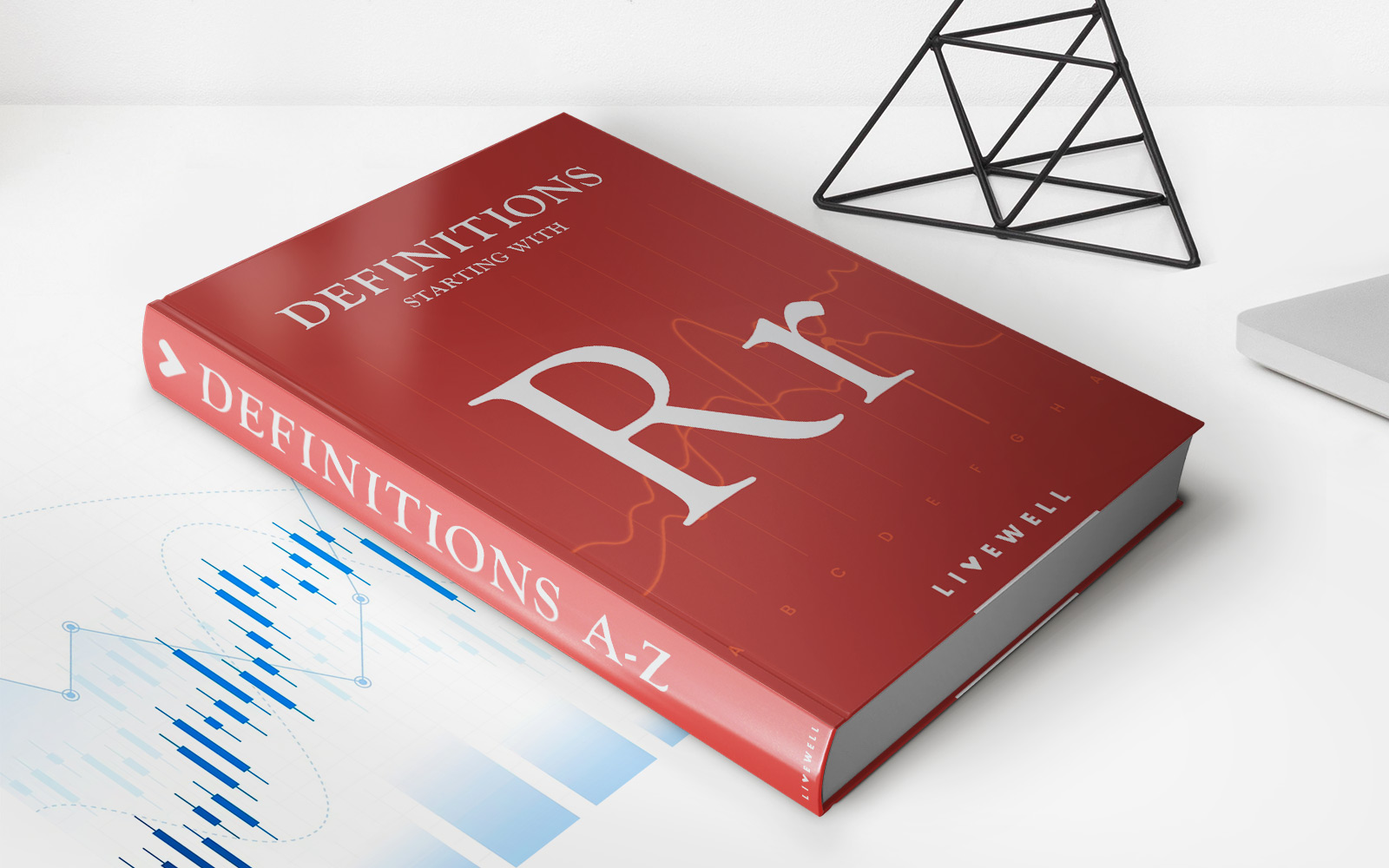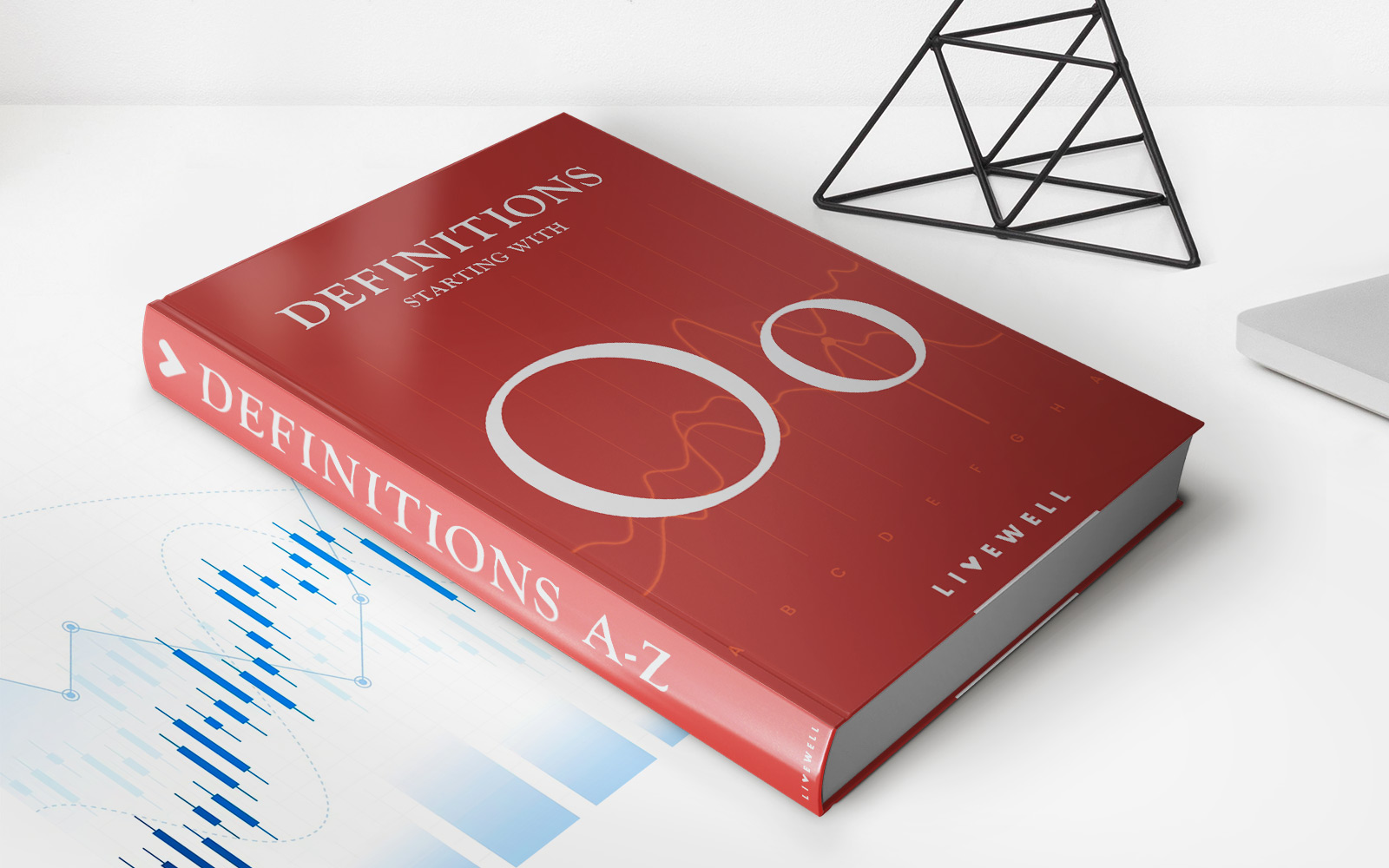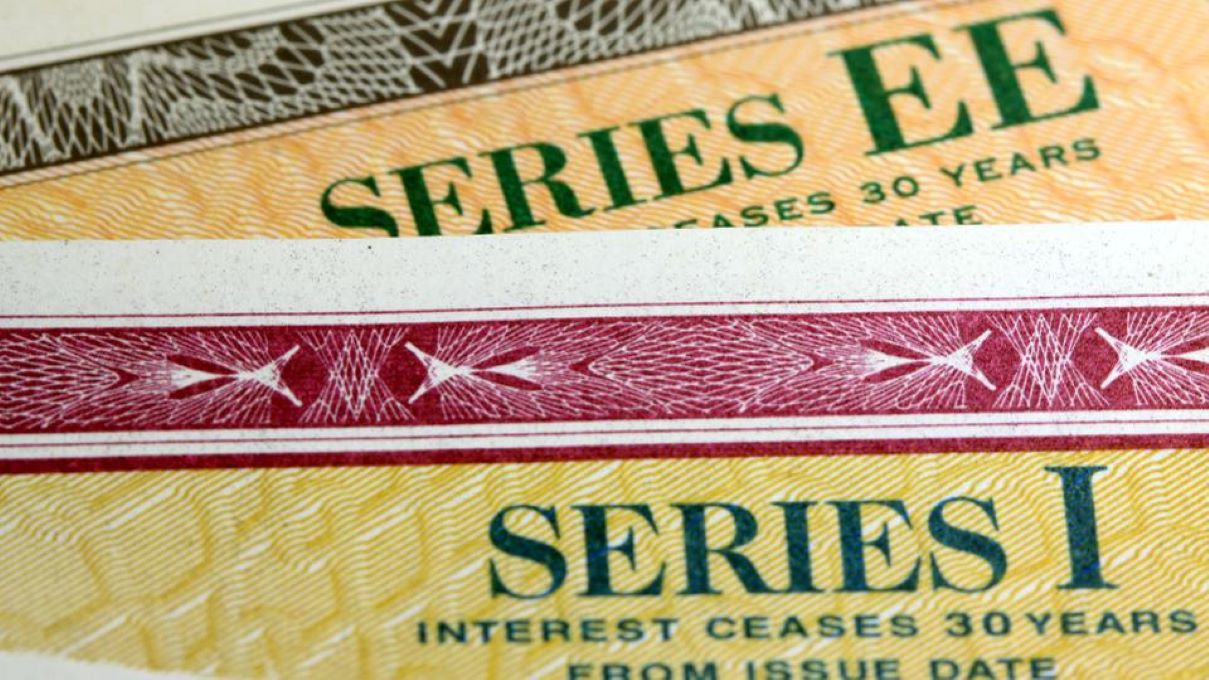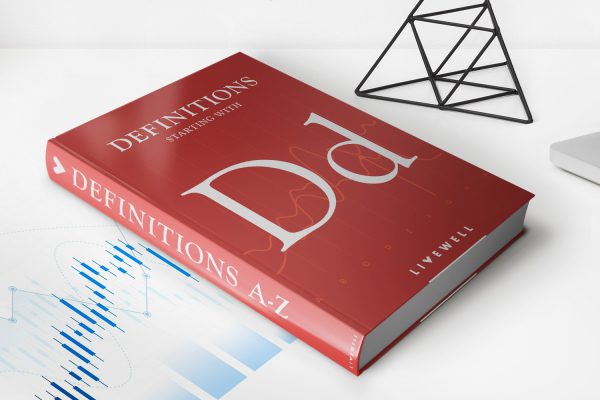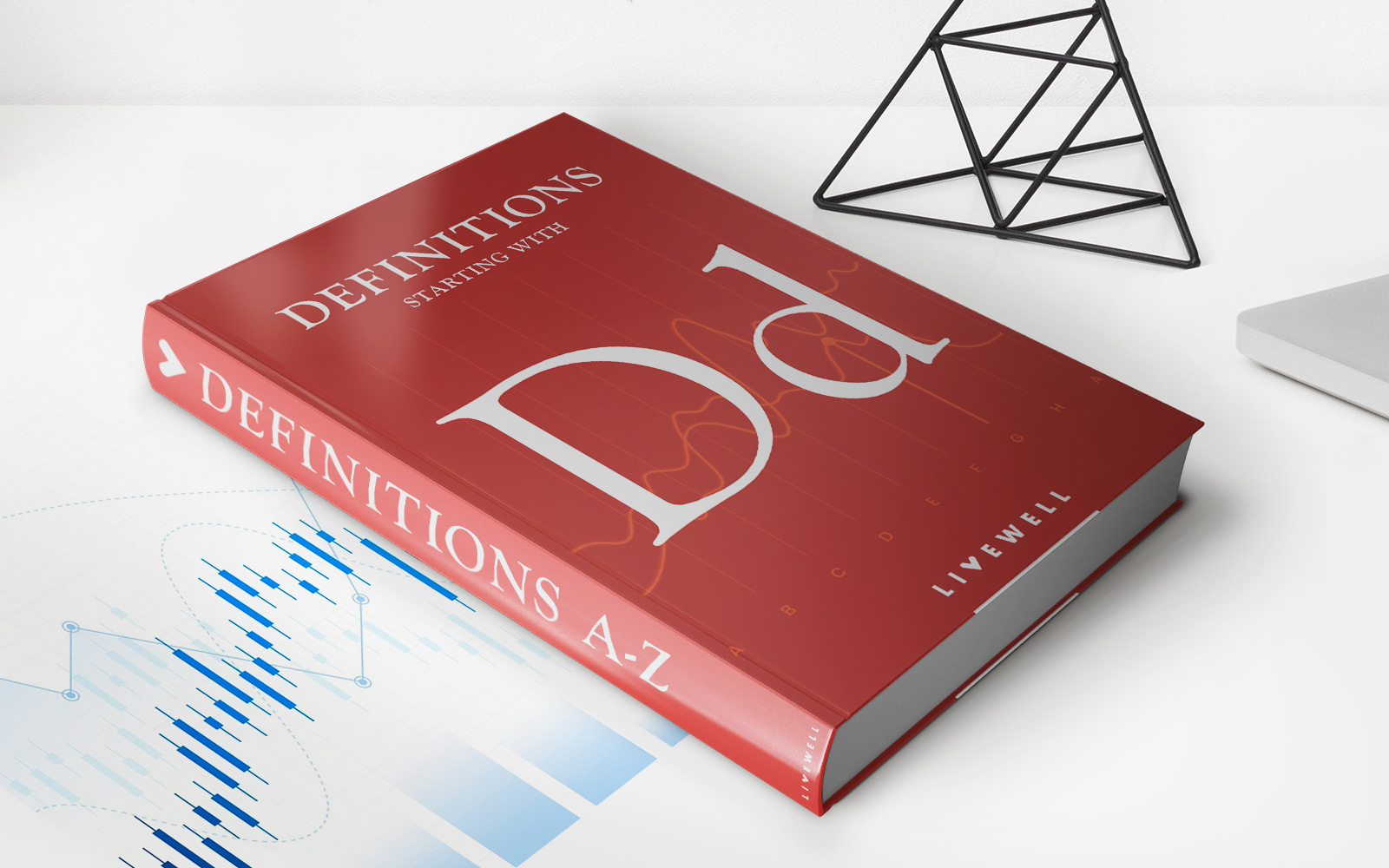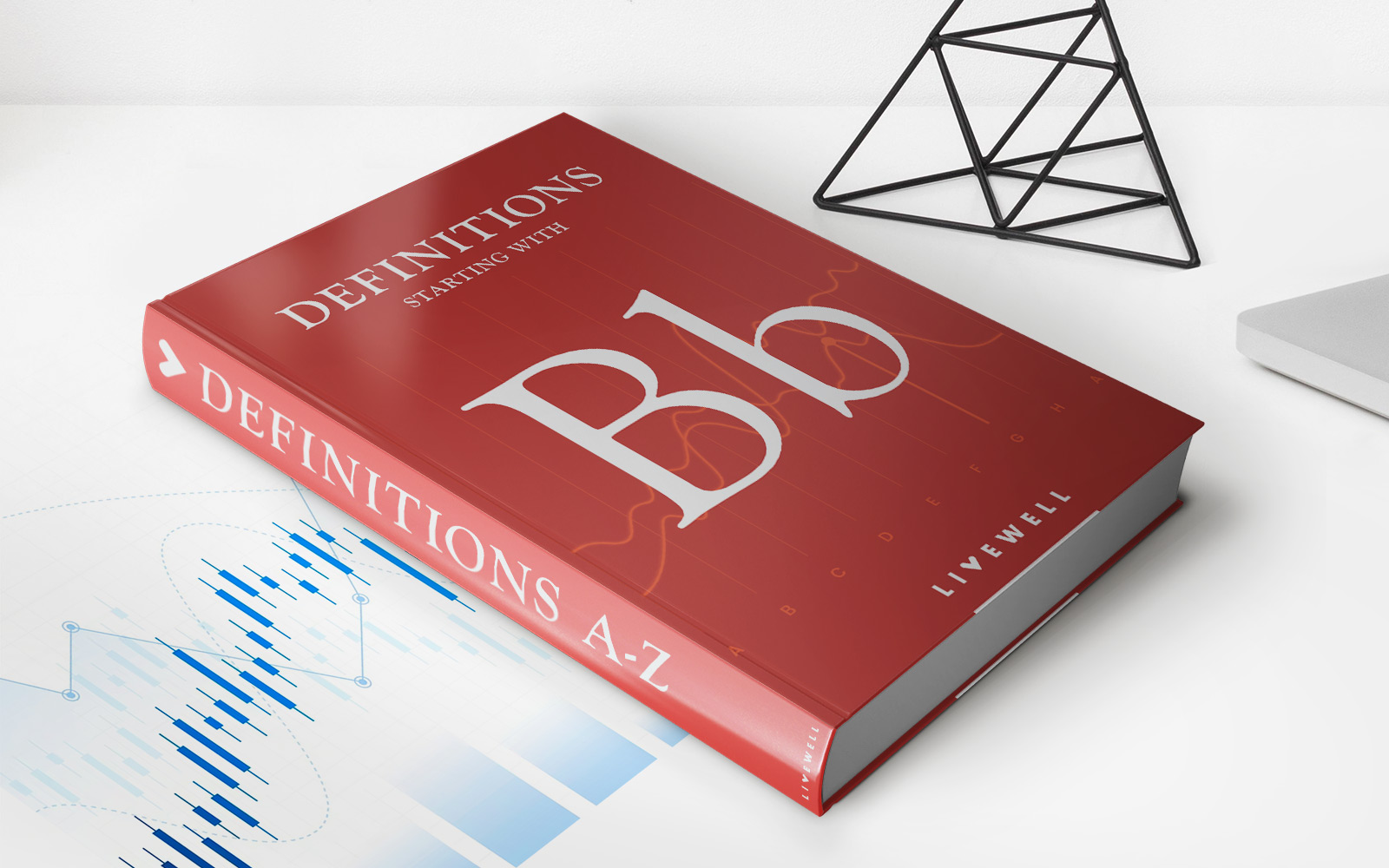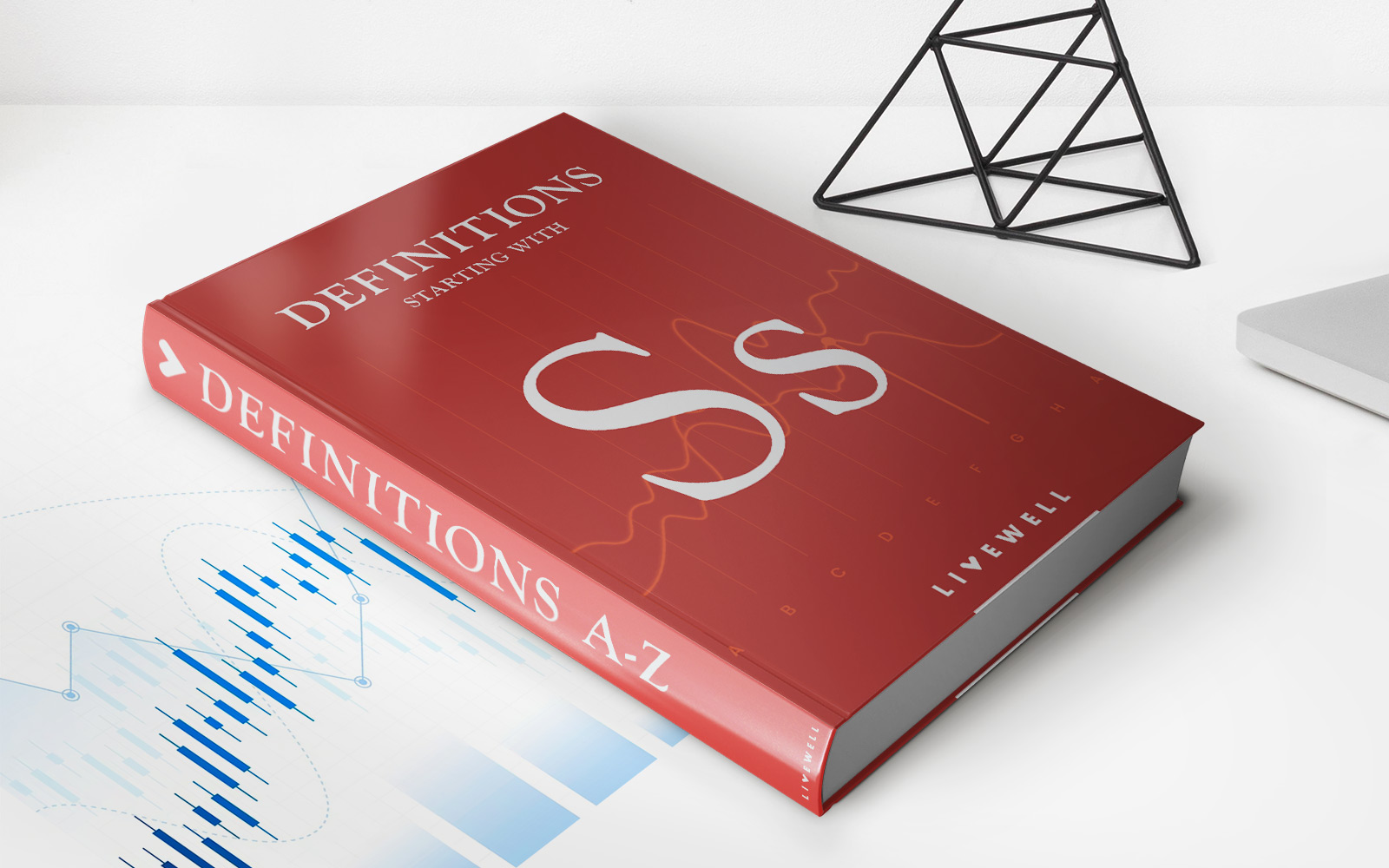Home>Finance>Payment-In-Kind (PIK) Bonds: Definition And How Interest Works
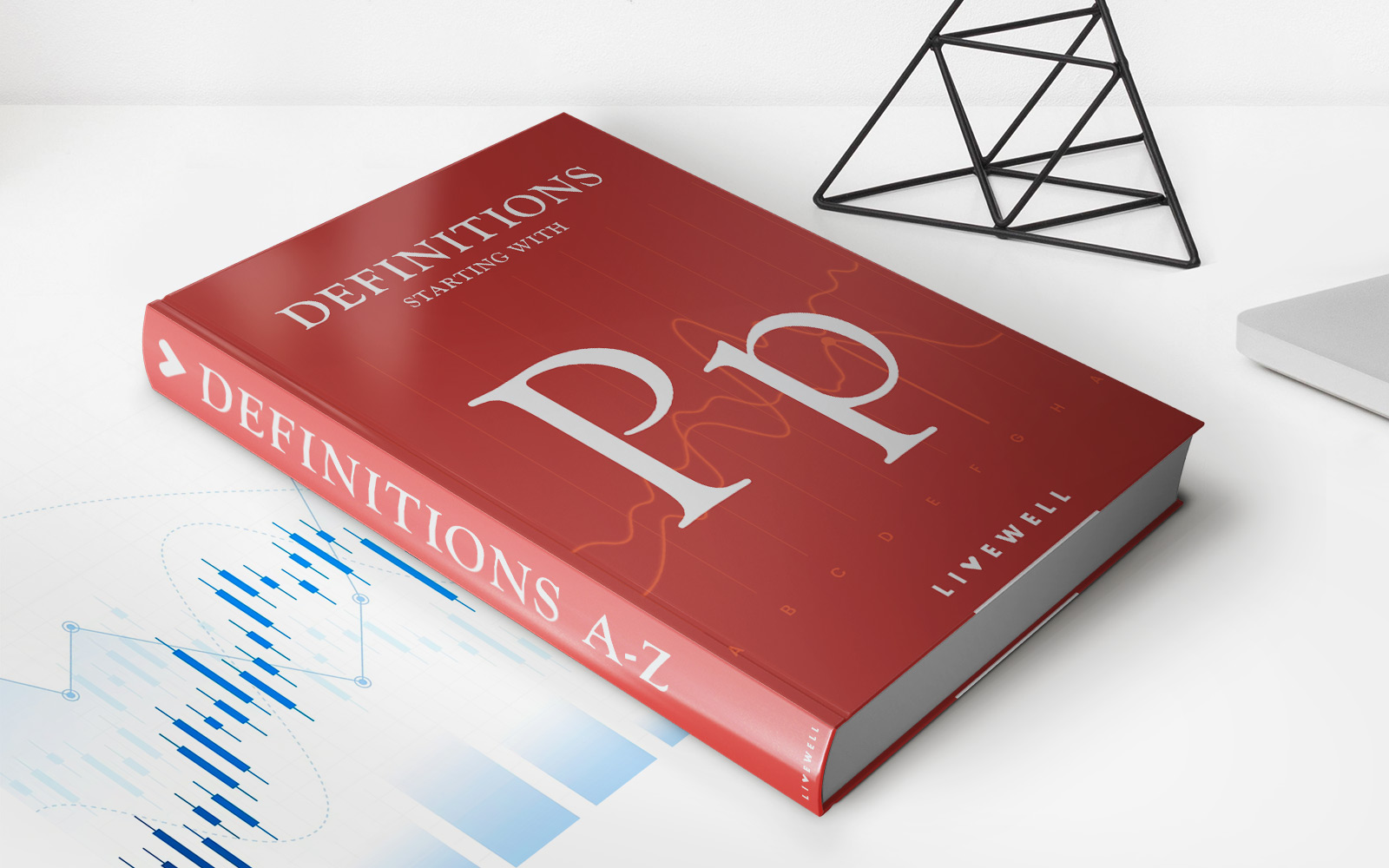

Finance
Payment-In-Kind (PIK) Bonds: Definition And How Interest Works
Published: January 6, 2024
Learn about Payment-In-Kind (PIK) Bonds in finance, their definition, and how the interest works. Enhance your knowledge in the world of finance.
(Many of the links in this article redirect to a specific reviewed product. Your purchase of these products through affiliate links helps to generate commission for LiveWell, at no extra cost. Learn more)
Understanding Payment-In-Kind (PIK) Bonds: Definition and How Interest Works
Are you familiar with Payment-In-Kind (PIK) bonds? If not, don’t worry. In this article, we will explain what PIK bonds are, how they work, and how interest is calculated. So, let’s dive in and explore this fascinating aspect of the finance world.
Key Takeaways
- Payment-In-Kind (PIK) bonds give bondholders the option to receive their interest payments in the form of additional bonds or securities.
- PIK bonds are typically issued by companies with limited cash flow or those looking to preserve cash for business operations.
What are Payment-In-Kind (PIK) Bonds?
Payment-In-Kind (PIK) bonds, also known as PIK notes, are a type of bond that allows the issuer to pay interest in the form of additional bonds or securities rather than cash. This means that instead of receiving cash interest payments, bondholders have the option to receive additional bonds or securities as interest.
PIK bonds are often issued by companies that have limited cash flow or are seeking to preserve cash for their business operations. By issuing PIK bonds, companies can defer their interest payments and allocate more funds towards other essential expenses.
It’s important to note that not all bonds can be PIK bonds. PIK provisions need to be clearly stated in the bond’s terms and conditions, allowing bondholders to choose between cash interest payments or PIK interest payments.
How Does Interest on PIK Bonds Work?
Interest on PIK bonds is calculated and paid differently compared to traditional bonds. Instead of receiving periodic cash payments, bondholders have the option to receive additional bonds or securities as interest. Let’s take a closer look at how the interest on PIK bonds works:
- Interest Accrual: When bondholders choose to receive PIK interest, the unpaid interest is added to the principal amount of the bond, increasing the overall outstanding balance.
- Compounding Interest: With each interest payment, the interest is calculated based on the original principal amount plus the accrued interest from the previous period. This compounding effect can significantly increase the outstanding balance over time.
- Maturity or Redemption: PIK bonds typically have a maturity date or a redemption option. At maturity, bondholders are paid the total outstanding balance, including the principal amount and the accrued PIK interest.
It’s important to carefully consider the risks associated with PIK bonds. While they can be an attractive option for issuers with limited cash flow, they may carry a higher level of risk for bondholders. Due to the compounding effect, the outstanding balance on PIK bonds can grow significantly over time, increasing the potential default risk.
Now that you have a good understanding of Payment-In-Kind (PIK) bonds, you can appreciate their unique characteristics and how interest is calculated and paid. Remember, these bonds provide an alternative way for companies to manage their cash flow and meet their interest obligations. However, as with any investment decision, it’s important to thoroughly assess the risks and consult with a financial advisor.
